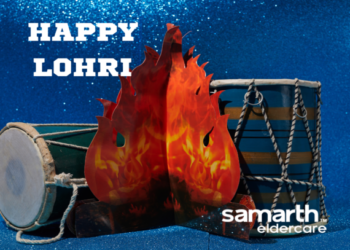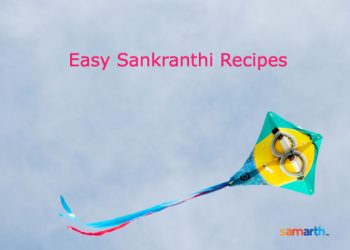Holi will be celebrated on the 17th and 18th of March. Choti Holi or Holika Dahan will be celebrated on the 17th and the Rangwali Holi on the 18th of March. People are looking forward to celebrating a happy and safe Holi as the pandemic is waning giving scope to open up. As we all know, there are many myths associated with Holi.
The most widely believed one is of Lord Vishnu’s Narasimha avatar to get rid of the demon king Hiranyakashyapu. His son, Prahlad was a Vishnu devotee and hence, was tortured in many ways by the demon king. In one such attempt, he tries to burn Prahlad by seating him on the lap of his sister Holika, who had a special boon of not being burnt. However, it is said that the boon in the form of a protective shawl falls on Prahlad who is saved and Holika is burnt in the fire. Thus, to celebrate the triumph of good over evil, Holika Dahan is re-enacted and Holi is celebrated.
Another myth links Holi to Krishna who turns blue by sucking the demon Putana’s breast milk. Worried whether his favourite Radha and the other fair girls will accept his colour, Krishna put colour on them. This started the Holi trend and is celebrated with great gusto in Mathura and Brindavan. There is also a story linking Shiva’s third-eye burning of Kamadeva and his subsequent revival. It is said people celebrate the God of love on this day.

Join Now >
Whichever be the legend, on this day, people let go of their troubles and celebrate with great community spirit and camaraderie. They put colours on people, use water balloons and pistons, and generally make merry. A lot of wonderful eatables are also prepared on this day. The most popular ones are the gujiya and the thandai. However, despite being dubbed the festival of colours many do not know the significance of the colours used.
Red/laal/gulaal
Red is a significant colour in Hindu traditions and it symbolizes fertility. It is said that girls wear red on the wedding day due to this. Married ladies also wear red Kumkum on their foreheads. It also symbolizes love and beauty. This is the most widely used Holi colour and in ancient days, this colour was made at home using dried flowers. This dry powder was called Abir and would be mixed with water to play Holi.
Yellow
This is another significant colour used in Holi and in Hindu traditions. For example, the Haldi ceremony before marriage is considered auspicious. It is a bright and happy colour that signifies happiness. Some link it to the sun, while others say it signifies learning. In earlier days Haldi was used for yellow colour as it is also considered medicinal.
Green
This colour signifies freshness, new beginnings, harvest, prosperity, etc. Green is considered pleasing to the eye and also has a calming effect on people. This colour was prepared at home using various greens.
Blue
With the festival linked to Lord Krishna, the colour blue is certainly part of the Holi festival. Blue is also the colour of the sky and the water bodies and has a soothing effect. Some people use purple instead and say that it indicates magic and mystery, ambition, energy, etc.
Pink
Pink is a favourite of many people and you see a lot of pink-faced people after Holi! It signifies positivity and kindness and is also linked to fun. Pink is easily made at home using vegetable dyes.
Orange/Saffron
This colour for long indicates piety and is used by ascetics because of the purity attached to it. It also indicates strength and vibrancy. The orange colour is also linked to the sun and a positive forward movement by leaving your past behind.
Typically, the black and white colours are not used to play Holi. White is considered inauspicious and in earlier days widows used to wear whites. White is also worn to funerals. However, people wear white dresses on Holi and get them fully smeared with various hues. Black is considered evil and associated with dark and negative forces, like black magic, etc. People generally do not wear black to any auspicious functions.
Now that you know the significance of the colours of Holi, celebrate it with love, peace, and harmony. Ensure that you only use homemade or organic colours to avoid rashes and pigmentation issues. Make sure that the colour does not get into your eyes, take care of your pets too.









